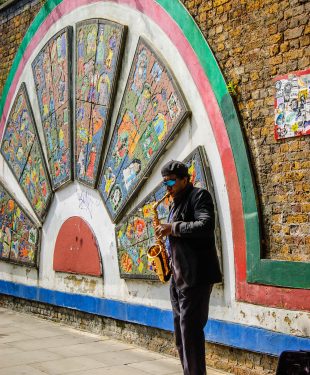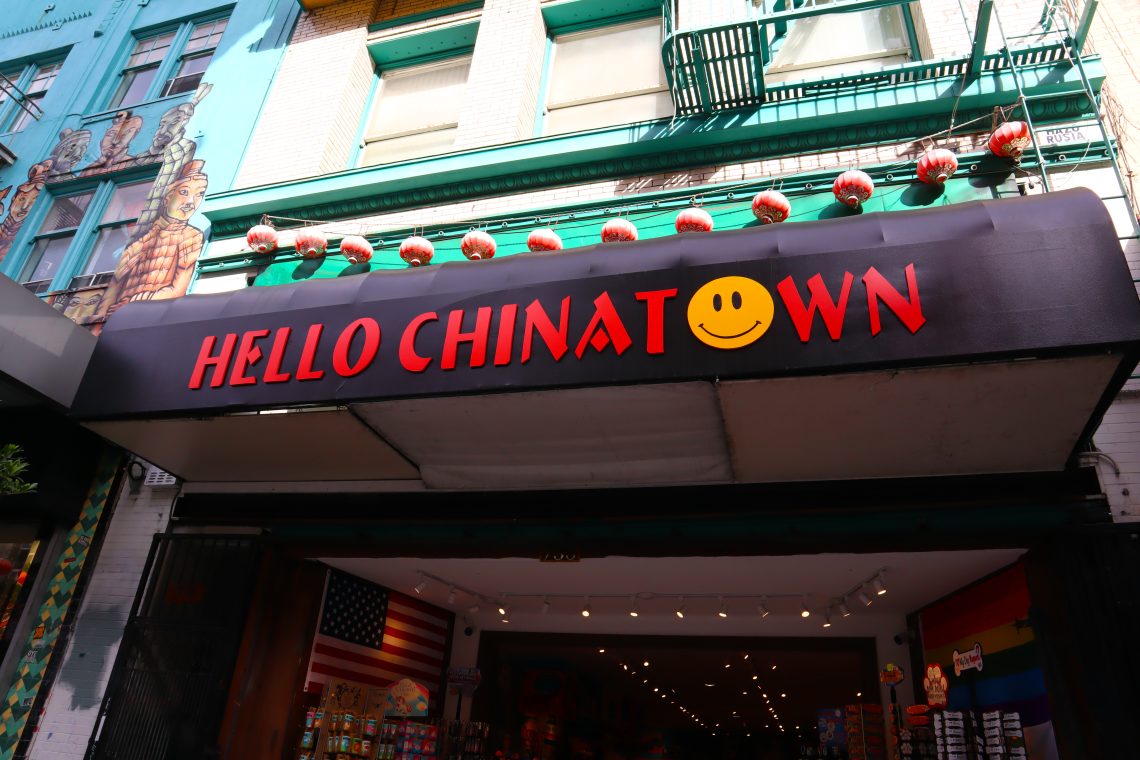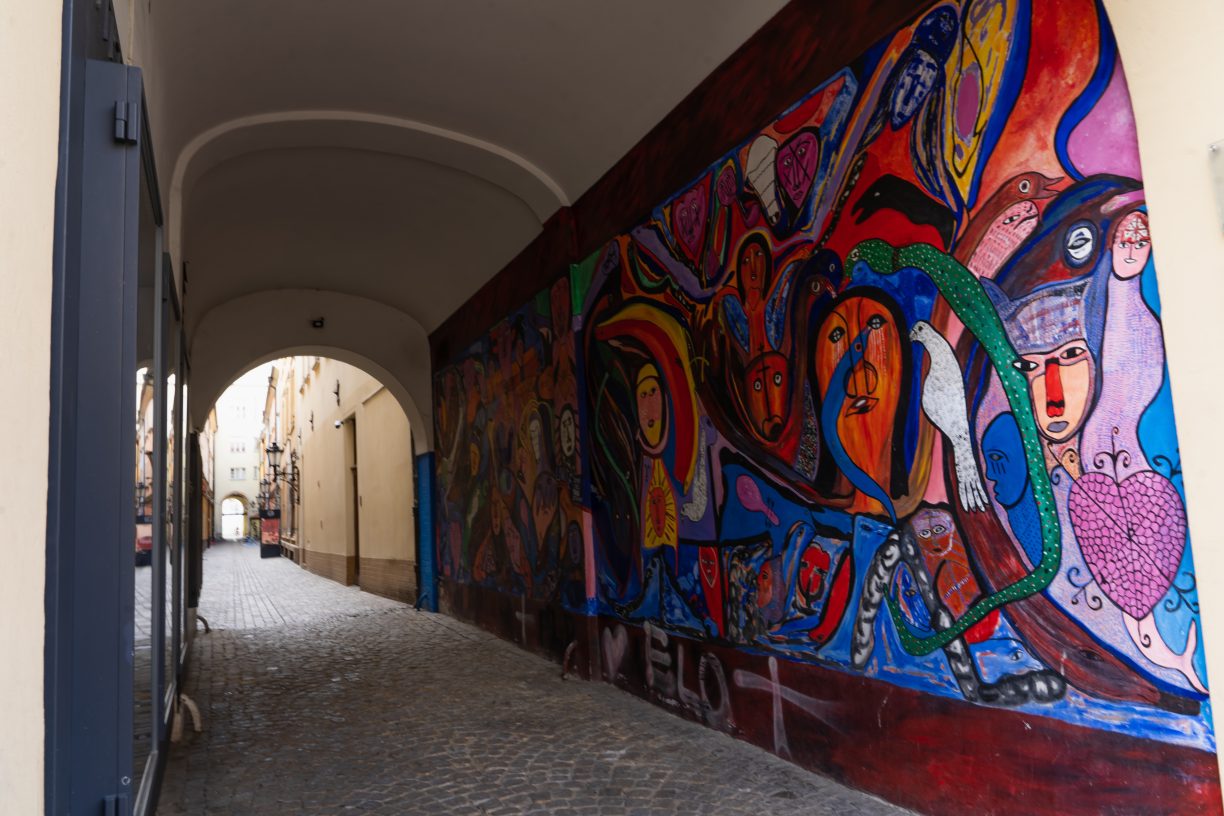Cultural Districts in the Modern World
Introduction
The concept and character of cultural districts have evolved significantly through the ages. These zones are the canvas on which the story of a city’s social history and contemporary vibrancy are painted. A special kind of alchemy occurs within the bounds of a cultural district. It’s an alchemy fueled by history, community, and arts. Learning about the transformation from the old Red Light district history to a beacon of urban creativity can offer invaluable insights into the progressive power of reimagining space through the lens of culture.
In the present era, cultural districts stand as bustling nexuses of cultural exchange, beacons of artistic expression, and hotbeds for economic innovation. These neighborhoods offer a unique amalgamation of the past and the present, functioning as conduits through which the legacy of the old is transformed into the vibrancy of the new. The evolution of such districts is not merely an aesthetic or recreational endeavor but a complex tapestry woven from threads of economic resurgence, social inclusivity, and urban renewal.
To genuinely appreciate cultural districts’ essence and implications, one must delve into their histories, examine their economic contributions, and understand the meticulous considerations behind their developmental strategies. Bridging the divide between ancient allure and modern necessities, these districts serve as living museums of perpetual transition, drawing residents and visitors into their charming narratives and dynamic experiences.
The Origins of Cultural Districts
The origins of cultural districts can be traced back to humanity’s intrinsic need for communal engagement and artistic expression. These districts naturally emerged around bustling marketplaces or royal courts, serving as hubs where artists and artisans assembled to showcase their talents. Over time, these vibrant hubs evolved into urban fixtures renowned for their rich theater, art, and music tapestry. Beyond mere collections of venues, historical cultural districts pulsated at the heart of city life, nurturing cultural preservation, intellectual discourse, and social interaction. Their enduring significance in urban development is evidenced by their resilience in the face of evolving challenges, continually reflecting the city’s heritage and zeitgeist. This historical narrative is reminiscent of the evolution seen in old Red Light district history.
In today’s digitized era, the intrinsic need for shared cultural spaces remains undimmed. Rather than diminish the importance of physical locales, the rise of digital technology has augmented their value, creating what many have termed a ‘renaissance of the real.’ This renewed appreciation for tangible, immersive experiences has further underscored the timeless appeal of cultural districts as centers of social cohesion and artistic vitality. As crucibles for heritage and avant-garde innovation, these districts offer a juxtaposition of generational talents, styles, and narratives crucial to the identity and narrative of their urban centers.
A Network of Creativity and Collaboration
The stamina of a cultural district is powered by an intricate web of creativity and collaboration that stretches beyond the traditional confines of galleries and theaters. In these unique urban spaces, you can find the creative spirit at every corner, how artisans connect with local merchants, and how street performances spill into the cafes and libraries, invigorating the entire ecosystem. Such districts act as incubators for artists, a springboard for cultural start-ups, and a stage for local and international talents. This crescendo of creative exchange fosters a sense of community while serving to catalyze economic activity, engendering a neighborhood that is more than the sum of its parts.
In this context, art is not insular but interactive and interdependent. This ecosystem enables individual artists and cultural institutions to feed off of each other’s energies, making the entire area a theater of collective creativity. In this respect, cultural districts embody the idyllic artistic community, where the air seems imbued with the spirit of invention. Here, impromptu jam sessions, pop-up galleries, and interactive installations not only entertain but also challenge and engage the community in creative dialogues that ripple through the social fabric of the metropolis.
Transforming Economics Through Culture
The economic implications of a vibrant cultural district cannot be overstated. These hubs act as engines for urban economies, generating employment, spurring business, and attracting primary and secondary waves of tourism. Cultural districts often benefit from a multiplier effect: an initial investment in arts and culture reaps rewards across a vast swathe of the local economy, seeing returns in hospitality, retail, and services. It’s a pattern of mutually beneficial growth where the district’s cultural richness fuels economic vitality, supporting and sustaining cultural expression.
According to Americans for the Arts, cultural districts’ economic benefits include direct financial injections into the local economy and ancillary charms such as enhanced property values and increased local pride. Tourists drawn to the unique cultural offerings contribute to a robust and diversified regional economy, forging a compelling argument for nurturing these areas as cultural repositories and economic powerhouses.
Cultural Districts and Urban Planning
The inception and flowering of a cultural district involve a delicate interplay between creative vision and urban planning. City planners must synergize an area’s aesthetic, historical, and functional elements to craft a district that showcases cultural assets and integrates them into the broader urban environment. Ensuring that the infrastructure supports a wide range of artistic activities is challenging while remaining congruent with the district’s overall character and the city’s economic goals.
Creative urban planning can transform a district into a mosaic of interactive spaces. The design process should be holistic, weaving together pedestrian-friendly streets, public art installations, and green spaces, creating a cultural district that is an arts venue and a comprehensive lifestyle destination. Achieving this level of integration requires foresight, creativity, and continuous evolution to serve the ever-changing needs of artists, patrons, and the local community.
The Social Impact of Cultural Districts
Social cohesion and community spirit are inextricably intertwined with the tapestry of cultural districts. By staging a wide range of artistic events and initiatives, these areas galvanize citizen engagement, promote inclusion, and champion diversity. The eclectic mix of cultural offerings becomes a magnet for broad swaths of the population, enabling cross-cultural exchange and fostering a rich and multifaceted collective identity. Cultural districts become prime venues for expression, often giving voice to those on the margins and hosting conversations on pressing social issues.
The transformative potential of cultural districts extends to educational outreach and development. From school programs to lifelong learning initiatives, these hubs offer invaluable resources for enhancing cultural literacy and nurturing new generations of artists and art appreciators. In this way, cultural districts serve as entertainment centers and vibrant arenas for learning and growth.
Sustainability and Innovation in Cultural Districts
 Sustainability in cultural districts encompasses more than eco-friendly initiatives. It also refers to continuously rejuvenating the artistic space to remain relevant and appealing in a fast-moving world. The deployment of cutting-edge technology can breathe new life into traditional artistic expressions, thus creating fresh, immersive experiences for audiences and unlocking new possibilities for artists.
Sustainability in cultural districts encompasses more than eco-friendly initiatives. It also refers to continuously rejuvenating the artistic space to remain relevant and appealing in a fast-moving world. The deployment of cutting-edge technology can breathe new life into traditional artistic expressions, thus creating fresh, immersive experiences for audiences and unlocking new possibilities for artists.
Incorporating sustainable practices into the cultural fabric implies embracing energy-efficient lighting in galleries, utilizing recycled materials in installations, and adopting digital tools that streamline operations and enhance visitor experiences. These strategies reduce the district’s ecological footprint and set a benchmark for innovation and responsibility that resonates across the urban environment.
The Role of Policy and Governance
Governance and public policy are paramount in the flourishing of cultural districts. Strategic legislation and supportive governance can lay the foundation for vibrant cultural expressions and secure the necessary resources for growth. By facilitating artistic endeavors through funding, infrastructure development, and regulatory support, government bodies can cultivate an environment conducive to the arts, thus reinforcing the cultural district’s role as a social and economic centerpiece.
Effective governance articulates a vision that aligns with the artistic community’s aspirations and the public’s desires. When done skillfully, as has been demonstrated in numerous case studies, it creates an environment where culture survives and prospers, thereby making significant contributions to the quality of urban life and the economy.
Challenges and Opportunities
For all their allure, cultural districts are not without their challenges. The specters of gentrification, exclusion, and commercialization loom large, threatening to undermine these spaces’ inclusive and artistic essence. The balance between maintaining affordability and fostering economic growth requires careful management, nuanced approaches, and earnest engagement with the communities that comprise these districts’ hearts.
However, cultural districts’ portraits are one of resilience and adaptability. As the Urban Land Institute observes, innovation springs from challenges; in facing them, cultural districts can find new pathways for engagement and inspiration. Blending infrastructure with the public’s cultural needs creates an intricate and inviting canvas on which new urban narratives can be composed.
Conclusion
Cultural districts’ reinvention and curation are ongoing stories, with each chapter adding new perspectives to the cities they adorn. As custodians of the past and crucibles of modern-day creativity, these districts preserve the essence of our shared heritage and sketch the contours of contemporary urban life. Their omnipresent evolution is a testament to their indispensable role in a city’s life.
Thus, as we step forward into a future defined by a thirst for connection and a yearning for authentic experiences, fostering the growth and sustainability of cultural districts becomes more than an artistic endeavor—it becomes a call to action to cultivate vibrant, inclusive, and prosperous urban landscapes.
Read more lifestyle articles at ClichéMag.com
Images provided by Deposit Photos, BingAI, Adobe Stock, Unsplash, Pexels, Pixabay & Creative Commons





